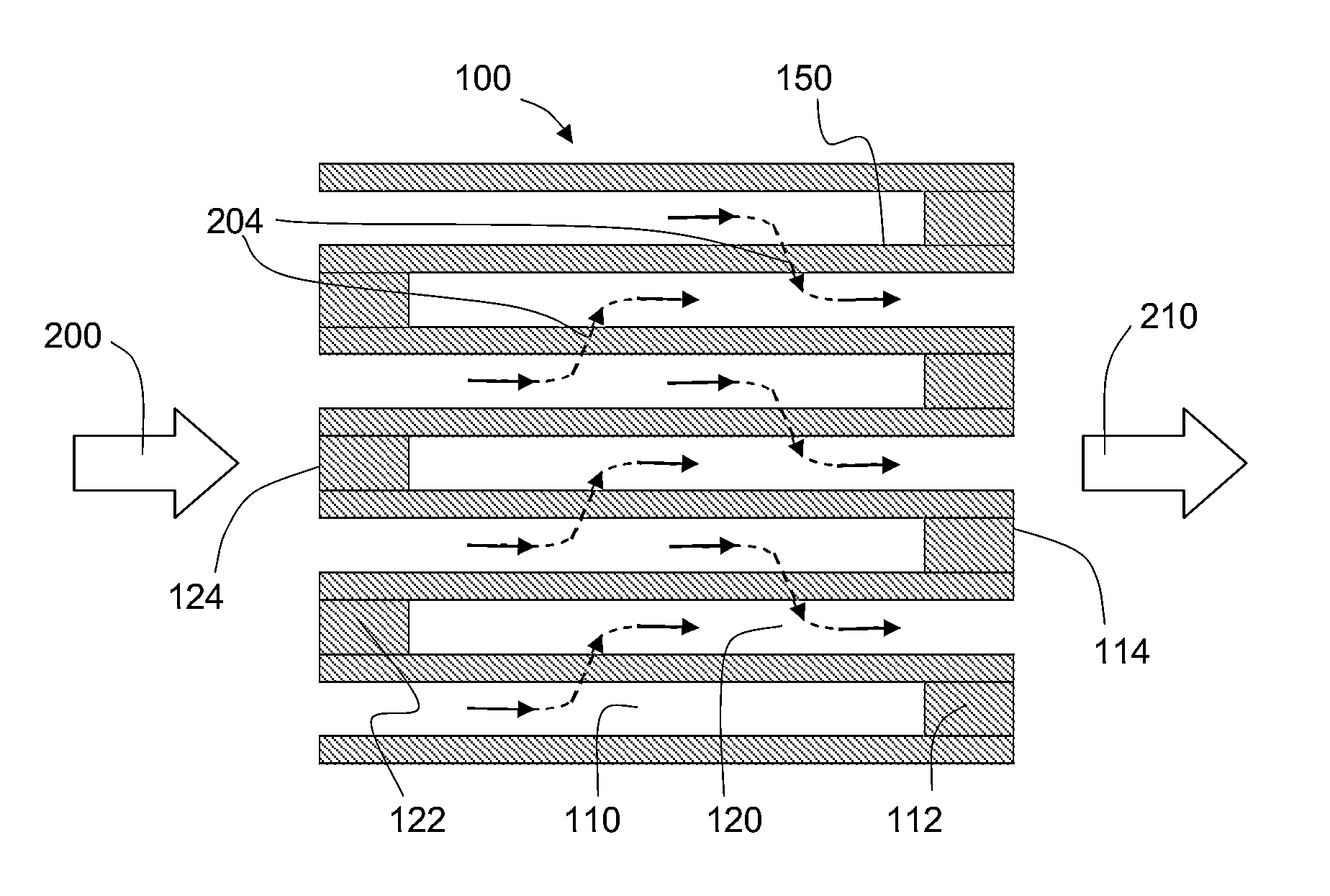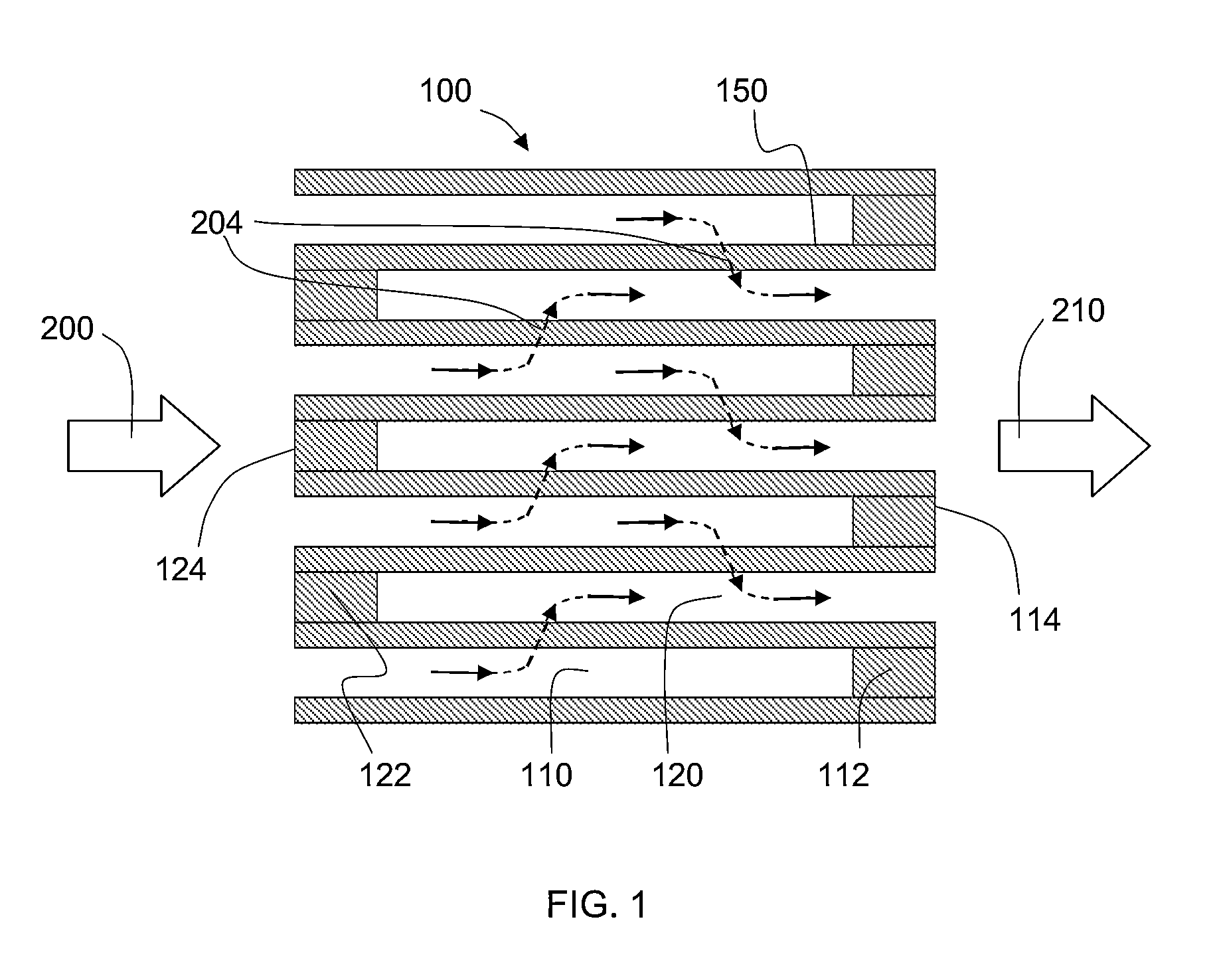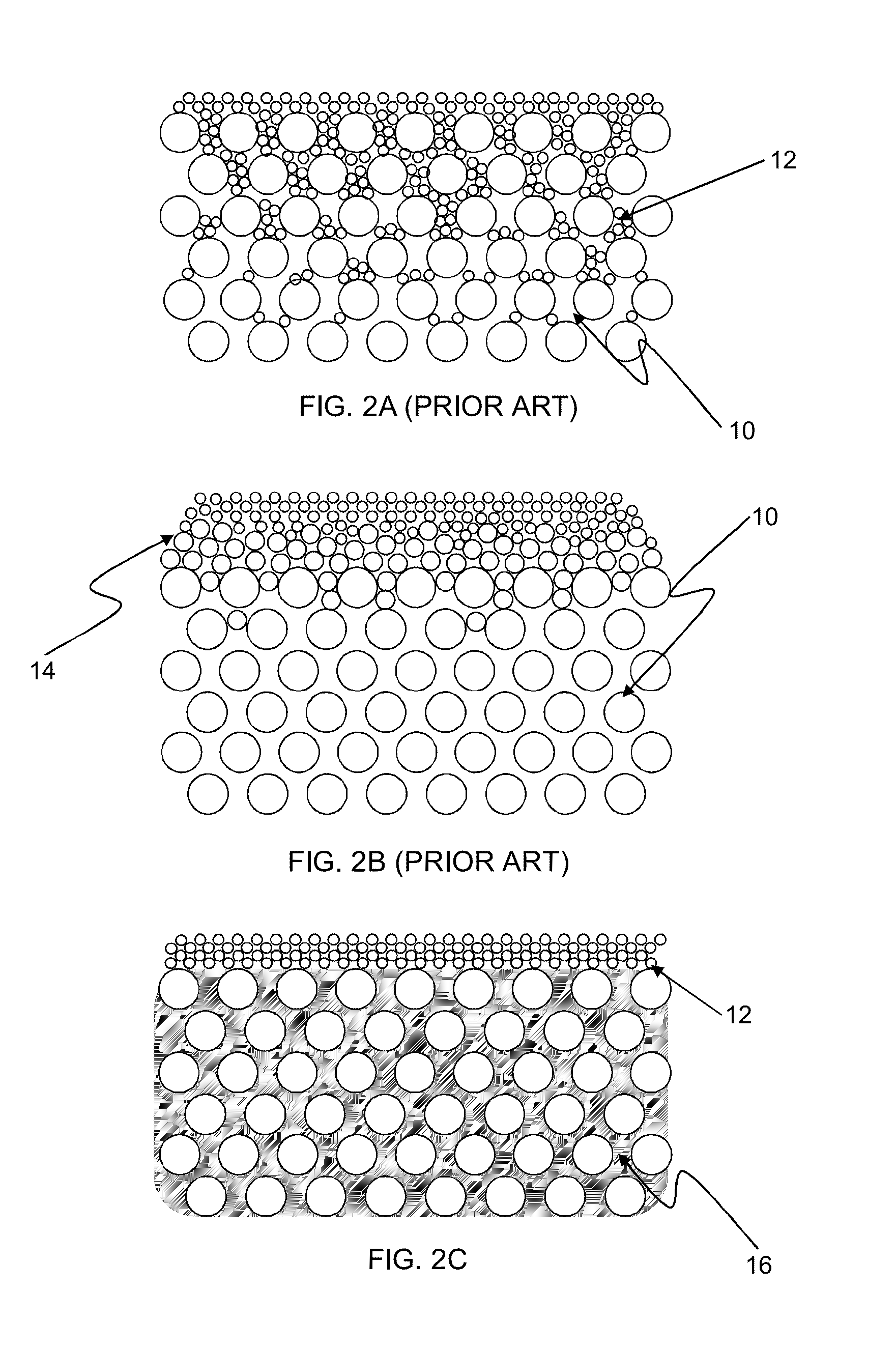Cellular Ceramic Article and Method For Manufacturing The Same
a technology of cellular ceramic and ceramic articles, which is applied in the direction of ceramicware, hollow wall articles, separation processes, etc., can solve the problems of reducing proportionally, wall permeability, even without, and unsatisfactory from both engine operation and fuel economy
- Summary
- Abstract
- Description
- Claims
- Application Information
AI Technical Summary
Benefits of technology
Problems solved by technology
Method used
Image
Examples
examples
[0095]The disclosure and scope of the appended claims will be further clarified by the following examples, which are included to provide a further understanding of the claimed invention, illustrate exemplary embodiments of the disclosure, and together with the description serve to explain the principles of the claimed invention. However, it is to be understood that these examples are exemplary and explanatory and are not intended to limit the disclosure or the claims to the materials, processes, and articles of these specific examples.
[0096]Table 1 presents example green dried specimens treated to dispose an exemplary embodiment of the thin layer according to exemplary embodiments as disclosed herein. As an exemplary embodiment of the viability of the disclosed process, the following experiment was completed. Samples of 2 inch (5.08 cm)×6 inch (15.24 cm) core drilled green aluminum-titanate (AT) having 300 cells per square inch (CPSI) and wall thickness of 13 mils (0.33 mm), that is...
PUM
 Login to View More
Login to View More Abstract
Description
Claims
Application Information
 Login to View More
Login to View More - R&D
- Intellectual Property
- Life Sciences
- Materials
- Tech Scout
- Unparalleled Data Quality
- Higher Quality Content
- 60% Fewer Hallucinations
Browse by: Latest US Patents, China's latest patents, Technical Efficacy Thesaurus, Application Domain, Technology Topic, Popular Technical Reports.
© 2025 PatSnap. All rights reserved.Legal|Privacy policy|Modern Slavery Act Transparency Statement|Sitemap|About US| Contact US: help@patsnap.com



